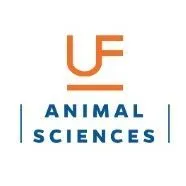Abstract
We have summarized the process of wool processing by providing an outline of fleece preparation for a usable end product. This process starts with sheep shearing; professional help with shearing makes this process more efficient. Once the fleece is off, the next step is skirting, where fleece is laid out on a table and any contaminants including feces, hay, etc., are manually removed. After skirting, fleece is washed in hot water and detergent to remove dirt and grease, then the fleece is rinsed and dried. The dried wool is fed through a picking machine to open fiber and remove any tangles. The picking step is followed by carding, where fibers are straightened and aligned in the same direction so that fibers will stay together in a continuous strand known as roving. This wool can now be taken to the spinning wheel to spin yarn, which can be used to make wool products. Selling wool products requires efficient marketing; however, a quality wool product is always the basis of the marketing effort and customer satisfaction.
Introduction
This publication is written with two audiences in mind. The first are prospective or beginning sheep owners who are considering raising sheep for wool and who want an outline of what is involved in preparing a fleece for a usable end product. The second are wool enthusiasts—handspinners, weavers, knitters, crocheters, textile artists—who want to gain an appreciation of the work involved in producing the fiber they use. This publication is intended only as an introduction for these two audiences. Prospective shepherds may find this publication useful as they decide on next steps and a course of action. For the artisans, this document provides background information as they delve into more technical publications on the properties of wool.
What is wool?
Wool is a natural, protein-based fiber grown from the follicles in the skin of a sheep. The wool fiber is the main and most desirable component of a sheep’s fleece, but hair fibers and a short brittle fiber known as kemp also occur. Qualities of the wool fiber that help determine its use are crimp (the natural kinks), length (measured in inches or centimeters), and diameter (measured in microns). What is considered good wool depends on its intended purpose; generally, longer and larger-diameter wools are most popular. Crimp gives the elasticity needed for certain products such as socks, but it might not be needed for other types of clothing.
Humans discovered the valuable properties of wool at least 8,000 years ago. Wool is durable and warm in cold weather. It breathes and is absorbent in warm weather and keeps its shape. Wool is versatile and can be made into a wide range of clothing styles, rugs, blankets, and pouches. It is also sustainable—after shearing, the fleece grows back and can be sheared again the next year.
Want to get started?
It all starts with the sheep. There are two broad categories of sheep. “Hair sheep” are raised only for meat and do not develop a wool coat. Katahdin is a very popular meat breed. Our focus here is on sheep raised for wool, although these sheep can also be eaten. To produce quality wool, sheep must be healthy and well cared for. It is a good idea to select breeds that are adapted to the local environmental conditions. In Florida, there are two breeds whose long genetic history here has adapted them to the hot, wet conditions that stress and sicken sheep from breeds developed in northern and more temperate climates. These breeds are the Gulf Coast Native and the Florida Cracker. Both originated with the European colonists who first came to Florida and the Gulf Coast in the 1600s. Both are recognized breeds with the Livestock Conservancy and have their own breed associations. Some breeders are selecting breeding stock with the goal of improving wool quality. If you want to get started in wool, it is best to start your flock with sheep that have quality wool. Ongoing research at the University of Florida has helped to make selection of rams for breeding based on phenotypic characteristics of parasite resistance possible. If you are just starting out, this is something you want to ask about when you are considering buying your foundation flock.
From Sheep to Shawl
The first step is removing the fleece from the sheep through the process of shearing. You have to decide if you want to shear your sheep yourself or hire a professional. You need to think ahead to determine if you want to sell wool or keep it for your own use. Unless you want to dedicate serious time in learning how to shear, if you want to sell wool you are well advised to hire a shearer. A professional can shear a sheep in a matter of minutes and can remove the fleece in one continuous piece with very little stress to the sheep (Figure 1). An experienced shearer can also advise you on wool quality and marketability and suggest best overall shepherding practices for improvement. Professional shearing adds to the cost, but a poorly sheared fleece will not be saleable.
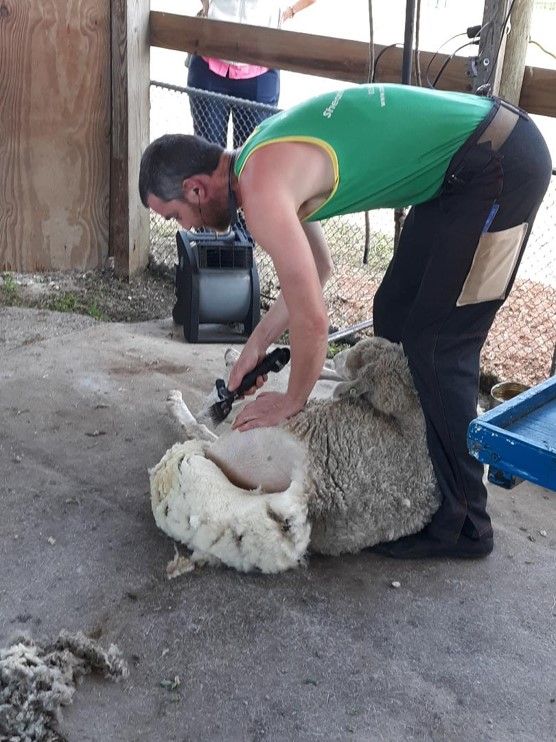
Credit: UF/IFAS
Once the fleece is off (Figure 2), the next step is skirting (Figure 3). The fleece is laid out, cut side down, on a screen or table, and any bits of hay, fecal matter, matted ends, and the edge of the fleece are removed by hand. The skirting stand can be as simple as a framed ½-inch screen supported on sawhorses as long as it is big enough to hold the entire fleece. If someone wants to buy an entire or partial raw fleece, it should be clean enough at this point to sell. Now you have to make another decision. Do you want to continue processing the fleece through the subsequent stages yourself, or do you want to take it to a fiber mill? Time, money, and quality are the variables that come into play. The goal is to produce attractive roving (processed wool that can be spun into yarn) or yarn ready to use. In Florida, one fiber mill is in operation. This is a small warehouse building outfitted with state-of-the-art processing machinery. Whatever route you take—do-it-yourself processing or using a mill—the basic steps to produce the desired final product are the same.
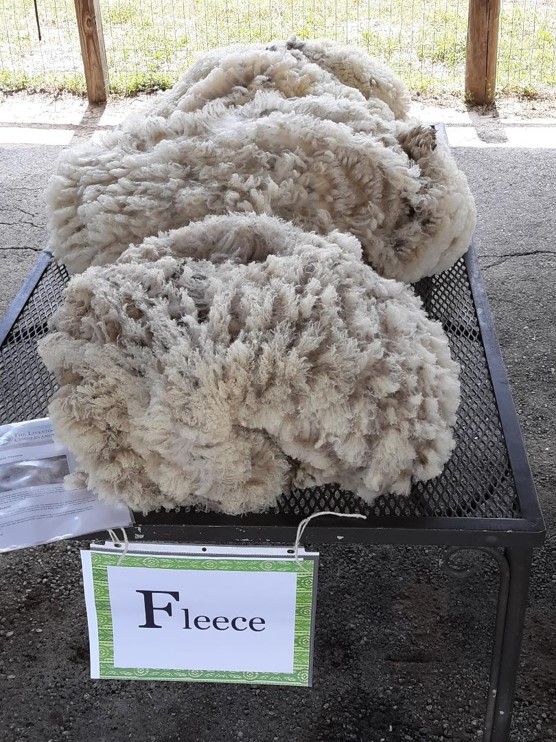
Credit: UF/IFAS
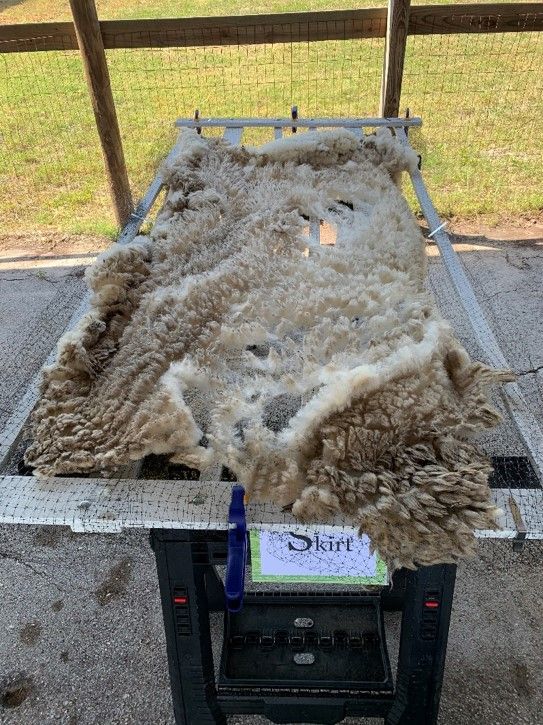
Credit: UF/IFAS
Washing
After skirting, the next step is washing the fleece in a hot water and detergent bath to remove dirt and grease. This can be done at home in a washtub. At the mill, a large washing machine is used. The washed wool will then need to be rinsed and dried.
Picking and Carding
The dried wool is fed through a picking machine to open up the fiber and remove any tangles. Homemade devices can be hand-operated; at the mill, this will be fully mechanized. After picking, the wool is ready to be carded, or fed through a drum roller with teeth, which straightens out the fibers and aligns them in the same direction. Old-fashioned hand carders (shaped like paddles) are affordable and available, but they require a lot of time and energy. Most carding now is done by machine.
Roving
Carding done properly will produce lengths of wool of uniform thickness and consistency that will stay together in a continuous strand. This is called roving and can be taken directly to the spinning wheel to spin yarn. Many handspinners like to buy roving to spin their own yarn. Other people prefer to buy yarn. The fiber mill can process your wool and return it to you as roving or yarn depending on what you want. Once the yarn is produced, the basic steps of processing are complete. Spinners, weavers, and other fiber artists across the country have been very successful in using Florida Cracker and Gulf Coast Native wool for their projects (Figure 4).
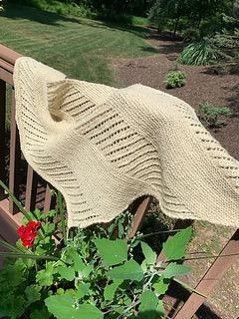
Credit: Used with permission from knitter Kathy Stanwood, Gillette, New Jersey
Marketing
If you want to sell wool, beginning with a marketing plan will help you make the step-by-step processing decisions. Dyeing, blending, and felting are options to explore depending on your marketing environment. An experienced mill operator and organizations like the American Wool Council and the Livestock Conservancy can provide suggestions and guidance as to current demand and pricing. A quality product must be the basis of any marketing effort, and customer satisfaction will determine long-term success.
Florida Wool by Florida Shepherds
Florida wools are enjoying popularity now because they are being promoted by the Livestock Conservancy’s Shave ‘Em to Save ‘Em initiative. The goal of this project is to connect fiber artisans with the producers of rare or endangered sheep breeds, thereby increasing the market visibility of wools usually overlooked. This project has been a boon to the Florida wool producer by opening up a network of niche retail opportunities. It is rewarding to connect our local wools with fiber enthusiasts in distant states such as Oregon, California, Minnesota, and Utah. We hope that this network stays strong and continues to grow. There has never been a better time for Florida wool by Florida shepherds!
Resources
American Wool Council—http://www.americanwool.org
Fibershed—https://fibershed.org
Florida Cracker Sheep Association—http://floridacrackersheep.com
Gulf Coast Sheep Breeders Association—http://www.gulfcoastsheep.info
Livestock Conservancy—http://RareWool.org
Meat Sheep Alliance of Florida—https://meatsheepallianceofflorida.com
Further Reading
Hart, P. 2017. Wool: Unraveling an American Story of Artisans and Innovation. Atglen, PA: Schiffer Publishing.
Robson, D., and C. Ekarius. 2013. The Field Guide to Fleece. North Adams, MA: Storey Publishing.
Simmons, P. 1991. Turning Wool into a Cottage Industry. Pownal, VT: Storey Publishing.
Wilkes, S. 2018. Raw Material: Working Wool in the West. Corvallis, OR: Oregon State University Press.
